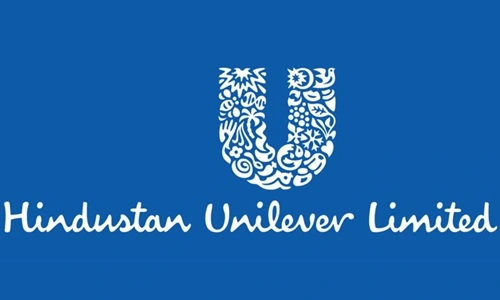Hindustan Unilever Limited (HUL) is one of India’s largest and most successful Fast-Moving Consumer Goods (FMCG) companies. Established in 1933, HUL operates across several categories, including home care, personal care, and foods & refreshments. The company has a significant market presence with a strong portfolio of well-known brands such as Surf Excel, Dove, Lifebuoy, and Lipton, making it a household name in India. Let’s explore how HUL operates and earns profit through its business model.

Key Revenue Streams
1. Home Care Products: HUL generates substantial revenue from its home care segment, which includes products like Surf Excel, Rin, Vim, and Domex. These brands cater to a wide range of consumers and are known for their quality and effectiveness. This segment contributed around 34% of HUL’s total revenue in recent years.
2. Personal Care Products: The personal care category is the most profitable for HUL, contributing nearly 49% of its total revenue. Brands such as Dove, Lifebuoy, Lux, and Ponds dominate this segment. These products, targeting skin care, hair care, and oral care, resonate well with consumers, making them a primary source of profit for the company.
3. Foods & Refreshments: While smaller in comparison to home and personal care, HUL’s food and refreshment segment is rapidly growing. Brands like Lipton, Knorr, Bru, and Kwality Wall’s fall under this category, contributing to the company’s diverse portfolio. The increasing demand for ready-to-eat meals, soups, and beverages has helped this segment become one of HUL’s fastest-growing divisions.
Value Proposition and Competitive Edge
HUL focuses on providing affordable, high-quality products tailored to meet the needs of various customer segments. Its reverse innovation approach, where products are first introduced in emerging markets like India and later expanded globally, has been a key to its success. For instance, the company’s adaptation of the Knorr Stock Pot for Indian consumers is a classic example of reverse innovation.
Moreover, HUL has implemented Project Shakti, which empowers rural women by making them distributors of HUL products. This initiative not only generates income for these women but also helps the company penetrate deeper into rural markets, enhancing its reach.
Distribution Network and Efficiency
One of HUL’s strongest competitive advantages is its vast distribution network, which includes over 7 million retail outlets across India. This multi-tiered network ensures that products reach even the most remote areas of the country, offering accessibility to consumers from all walks of life. The company also leverages e-commerce platforms like Amazon and Flipkart to target urban consumers who prefer online shopping.
Operational and Cost Efficiency
HUL operates with negative working capital, which is common in the FMCG sector. This means the company sells its products and collects cash faster than it has to pay its suppliers. This allows HUL to keep its operations running smoothly without needing to tie up significant cash in day-to-day operations. The company also maintains a low capital intensity, focusing instead on optimizing costs related to raw materials, production, and distribution.
Marketing and Innovation
HUL invests heavily in marketing and advertising, spending around 9% of its revenue on promotions. The company’s high-impact marketing campaigns, like the iconic “Daag Acche Hain” (Stains are Good) campaign for Surf Excel, resonate with consumers and reinforce brand loyalty. Additionally, HUL’s continuous investment in research and development (R&D) helps them introduce innovative and sustainable products that meet evolving consumer demands.
Sustainability and Social Responsibility
HUL integrates sustainability into its business model through initiatives aimed at promoting responsible sourcing, reducing waste, and minimizing environmental impact. The company is committed to sustainable growth, working closely with suppliers, farmers, and communities to improve livelihoods and reduce its environmental footprint.
Financial Performance
HUL has demonstrated strong financial growth over the years. In FY2023, the company reported ₹61,092 crores in revenue with a net profit of ₹10,143 crores. The consistent growth in both revenue and profit reflects the company’s ability to innovate and capture market share effectively.
Conclusion
HUL’s business model revolves around producing high-quality products, optimizing its distribution network, and driving innovation. The company’s strategic focus on affordability, sustainability, and extensive market penetration has enabled it to maintain profitability and market leadership. With strong brand equity and a commitment to social responsibility, HUL is well-positioned to continue its growth trajectory in the Indian market